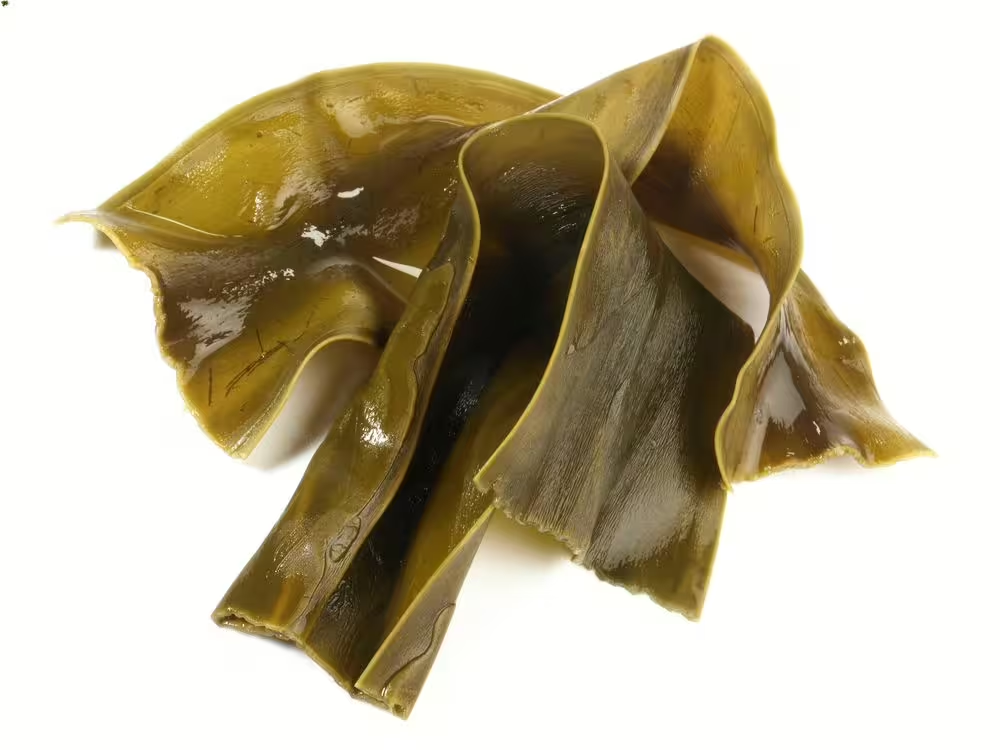Kombu is a brown seaweed known to be dried and used in Japanese cuisine. It grows in the cold and deep waters of the Pacific Ocean and the Atlantic Ocean, and is widely cultivated in the coastal regions of Japan and Korea. Kombu has a slightly salty taste and is rich in protein, dietary fiber and essential vitamins and minerals. It is also an important source of iodine, potassium and magnesium. In the kitchen, the kombu is often used to prepare broths and sauce bottoms, as well as to flavor meat, fish and vegetable dishes. It is also used in marinades, sauces and dressings, as well as in infusions.
